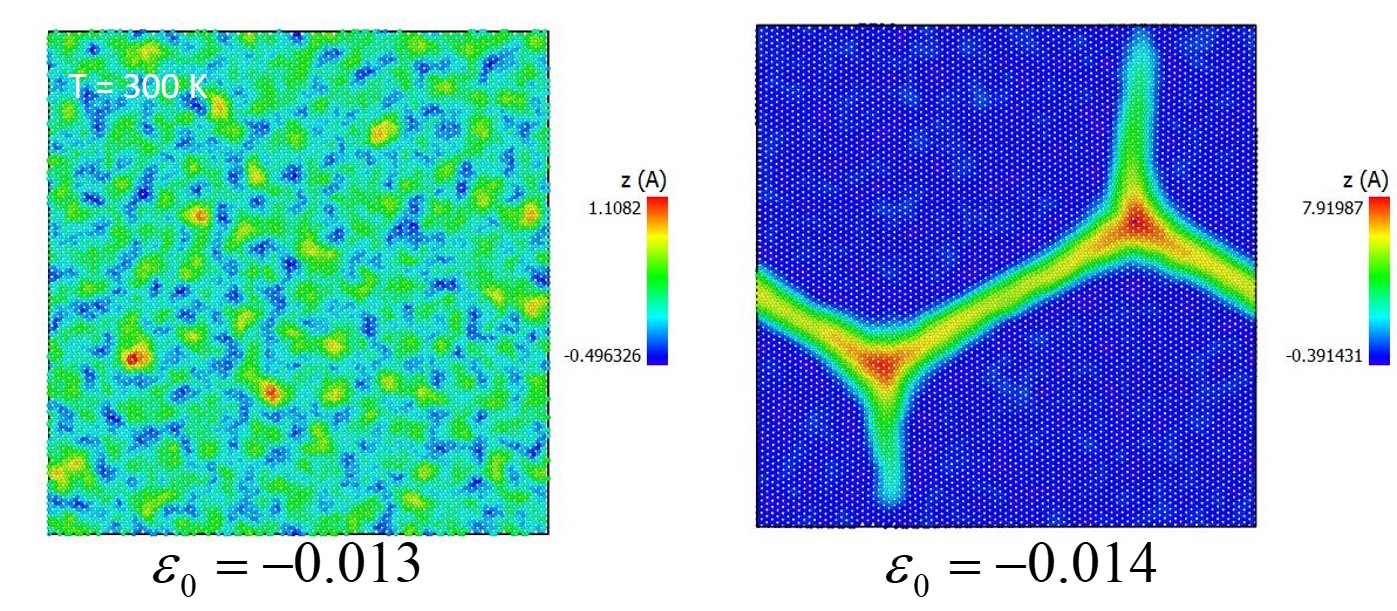Graphene, a monolayer of carbon atoms arranged in a two-dimensional honeycomb lattice, has emerged as one of the most revolutionary materials in contemporary materials science. Its remarkable electrical, mechanical, and thermal properties make it a compelling subject of research. In this exploration, we will delve into some of the most pressing topics within the realm of graphene research, illuminating the promises they hold for future technological advancements.
Firstly, one cannot underestimate the fascinating area of graphene-based electronics. As the demand for faster and more efficient electronic devices grows, the need for materials that can break the limitations of silicon has never been more crucial. Graphene transistors, due to their exceptional electron mobility, potentially surpass the operation speed of traditional silicon-based devices. Researchers are now investigating how to fabricate scalable graphene field-effect transistors (GFETs) that can be integrated into existing semiconductor technologies. The aspiration is not merely to replicate current technologies but to establish a new paradigm in which devices operate at unprecedented speeds while consuming considerably less power.
Another intriguing facet of graphene research is its application in energy storage solutions. The conventional battery technologies are often hampered by limitations in charge capacity and recharging times. In this light, graphene-based supercapacitors present an enticing alternative, featuring remarkably high surface area and conductivity. Researchers are actively exploring hybrid devices that combine graphene with other materials, such as metal oxides and conducting polymers, to enhance the electrochemical performance further. The potential to create lightweight, flexible batteries that can charge in minutes rather than hours could have profound implications across various sectors, particularly in electric vehicles and portable electronics.
In parallel, there is a burgeoning interest in the biocompatibility of graphene, particularly in biomedical applications. The material’s unique properties have piqued the curiosity of researchers investigating its potential for drug delivery, biosensing, and tissue engineering. Graphene oxide, in particular, has demonstrated a remarkable ability to interact with biological systems. Efforts are underway to develop targeted drug delivery systems that can utilize graphene’s surface functionalization capabilities, thereby allowing for precise medication release at desired locations within the body. This promises not only to enhance the efficacy of treatments but also to diminish side effects significantly.
The realm of environmental applications is another crucial arena for graphene research. The ability of graphene to adsorb pollutants and heavy metals makes it a candidate for water purification technologies. Researchers are examining the efficacy of graphene oxide membranes in desalination processes, aiming to address global water scarcity issues. The implications of such advancements are far-reaching, potentially transforming access to clean water in developing regions and advancing environmental remediation efforts on a broader scale.
Alongside these areas, the exploration of graphene’s optical properties is yielding fascinating insights. Researchers are investigating its potential for use in next-generation photonic devices, including those based on the principles of plasmonics. The interaction of light with graphene opens doors to novel applications in sensors, displays, and communication technologies. The possibility of developing transparent, flexible displays made of graphene could reshape industries ranging from consumer electronics to augmented reality.
The integration of graphene with other 2D materials also constitutes a vibrant field of inquiry. Heterostructures composed of graphene and transition metal dichalcogenides (TMDs) or other layered materials promise to produce extraordinary phenomena, such as tunable band gaps and enhanced excitonic effects. These complex materials systems are under investigation for their potential utilization in quantum computing and advanced photonic applications. The marriage of different 2D materials may catalyze innovations previously deemed unattainable, fostering a new wave of multifunctional devices.
Furthermore, an area of increasing importance lies in the study of unconventional syntheses of graphene materials. As researchers explore alternative methods for graphene production, such as chemical vapor deposition (CVD) and laser ablation, innovations that enable cost-effective, large-scale synthesis are paramount. Moreover, the process of tailoring the properties of graphene through doping or the incorporation of nanostructures leads to materials with custom functionalities, paving the way for widespread adoption in a variety of applications.
Lastly, the emphasis on sustainability in producing and utilizing graphene cannot be overlooked. With the growing awareness of environmental consequences, there is a pressing agenda to develop green synthesis methods for graphene that minimize ecological footprints. Such advancements could enhance public acceptance of graphene technologies and ensure that innovation does not come at the expense of environmental responsibility.
As this overview elucidates, the field of graphene research encompasses a myriad of captivating topics that promise to reshape our technological landscape. Each avenue presents unique challenges and revolutionary prospects. With ongoing advancements, there is much to anticipate as researchers continue to unlock the extraordinary potential of graphene, fostering innovations that could profoundly impact energy, electronics, healthcare, and beyond. The journey of exploration into graphene research has only just begun, and the future remains bright with the possibilities it holds.












